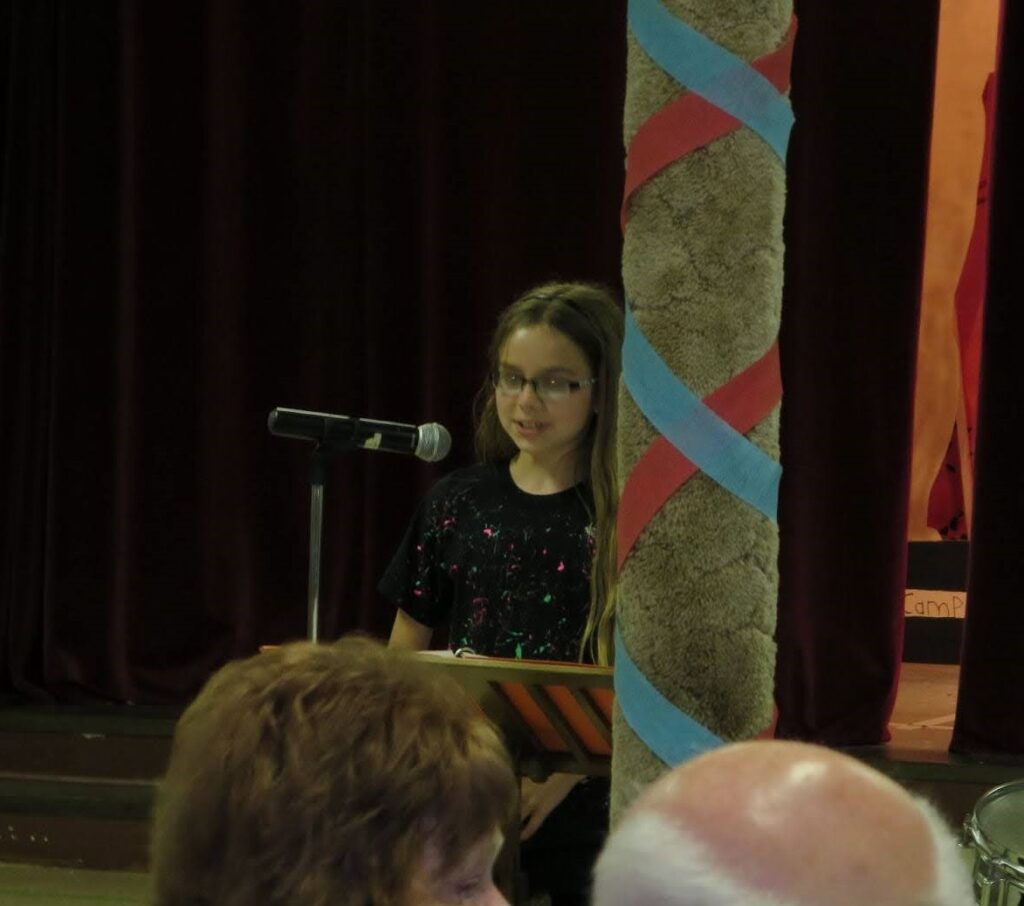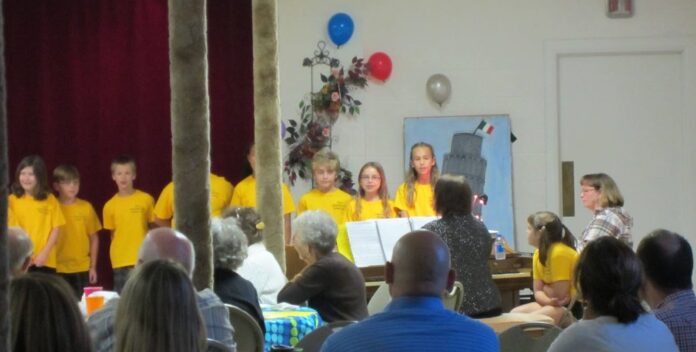Theatre is my minor, so what’s better than researching a really cool Youth Theatre project? (PS: I included images from my theatre productions I did as a child instead of including images of random youths on the internet.)
“The Theatre Arts and Care Ethics” Excerpt
“The teachers design particular aspects of the program to foster relationships across the school, including inclusion of all students, heterogeneous grouping and opportunities for cross-gender and cross-cultural casting, and the integration of family and community resources into the curriculum. Teachers include every student in the play experience. As a first-grade teacher said, “It’s our work to find a place for every student’s talent to flourish.” Teachers also organize the event to integrate students across ethnic, cultural, and age groups; for example, an Iranian kindergartener acted in a scene with an African-American fifth-grader. Furthermore, students often portray characters whose ethnicity or culture differs from their own. To further facilitate students’ association across age differences, each fourth- through eighth-grader mentors a younger actor, helping with costumes, scene changes, line memorization, etc. The program’s efforts at inclusion transcend the school boundaries. Because the cultural and historical curriculum is tied to the play, the teachers welcome family members into their classrooms to share experiences related to the play’s subject. For example, parents consulted on set design, script, and so forth. One family member came to a school assembly to tell how his parents had met Martin Luther King and how King inspired their own work for equal rights. Ultimately, the program is designed so students deeply experience one of the many cultural and ethnic backgrounds represented in the student body through the lived experience of a central, inspirational character.
Caring for demands attending to the other’s experience and moving to respond to support an other. The collaborative interactive aspects of the theatre event provided students with opportunities to learn skills essential in caring for one another, such as receptive attention. The teachers tapped conditions of theatre to promote practice in caring. For example, in rehearsal, one teacher said, “No matter how small you think your or another’s role is, without each of you the play wouldn’t happen. Everyone is giving and that’s how the magic happens”. The teachers explicitly articulated the nature of the interdependence of theatre and bid students consider each individual relevant.” (Rabin, 2009).
.


.
REVIEW
This project and subsequent write-up was so cool and I wish more schools implemented it! I was part of theatre as a kid and I totally think that role-playing and the collaborative nature behind theatre allows you to develop an empathy towards others in a very naturalistic way. This paper totally supports that. It also discusses how everyone has a part in the play, and each part is equally important. This concept is likely hard for children to grasp, so proving it through creating an actual production is a great way to exemplify that. When thinking of environmental concerns around waste, that same issue arises where we think the issue is larger than we are so we neglect to do our part in caring for the environment. Learning from role-modeling methods and open discussions about history and providing proof that every part matters is a huge way to counteract that point. It also talks a lot about care ethics in that framework too. Other people matter, you matter, how do we make other people feel better? Theatre is not a competition, and it thrives on building relationships and collaboration. This paper fascinated me.
REFERENCE
Rabin, C. L. (2009). The Theatre Arts and Care Ethics. Youth Theatre Journal, 23(2), 127–143. https://doi.org/10.1080/08929090903281436




